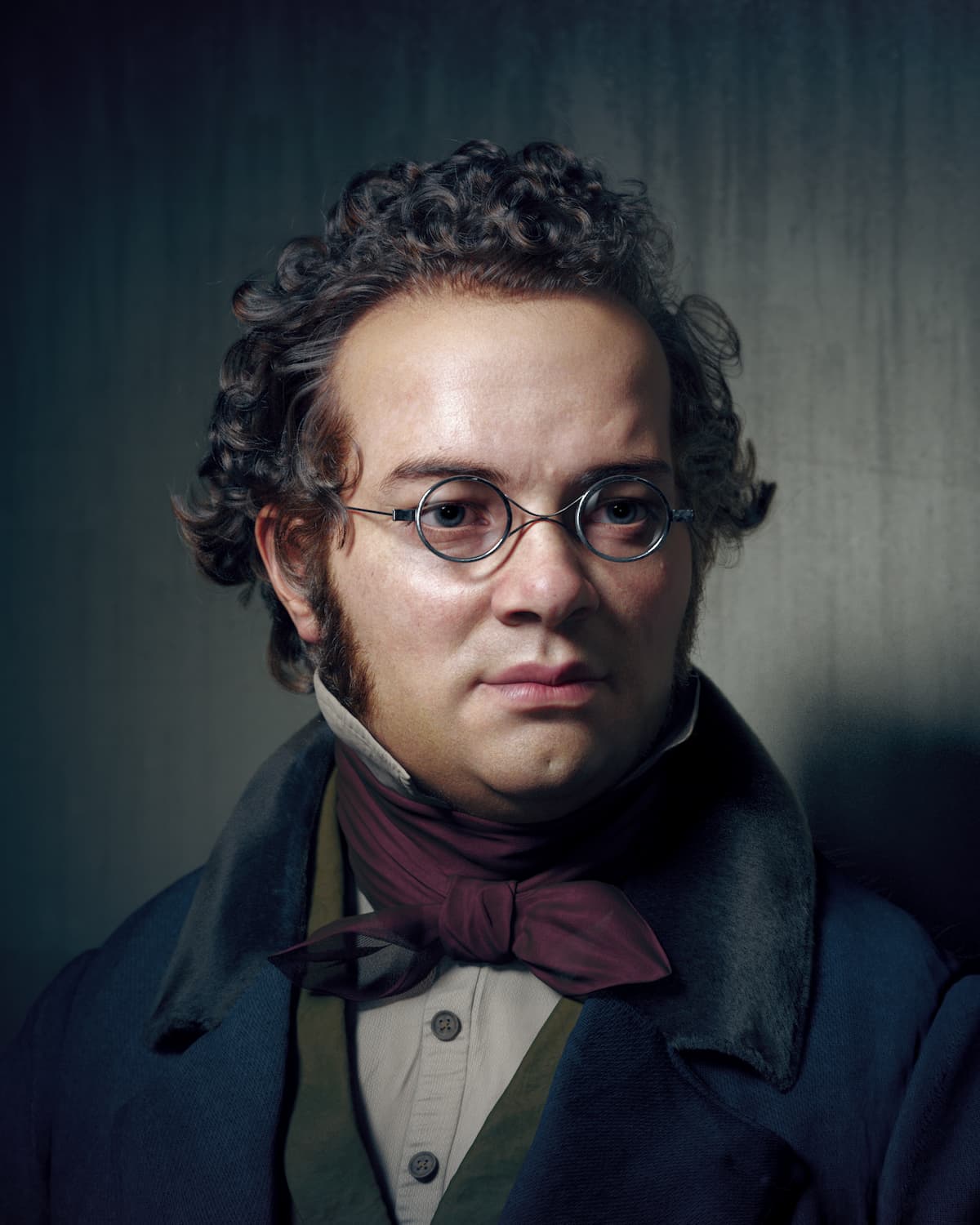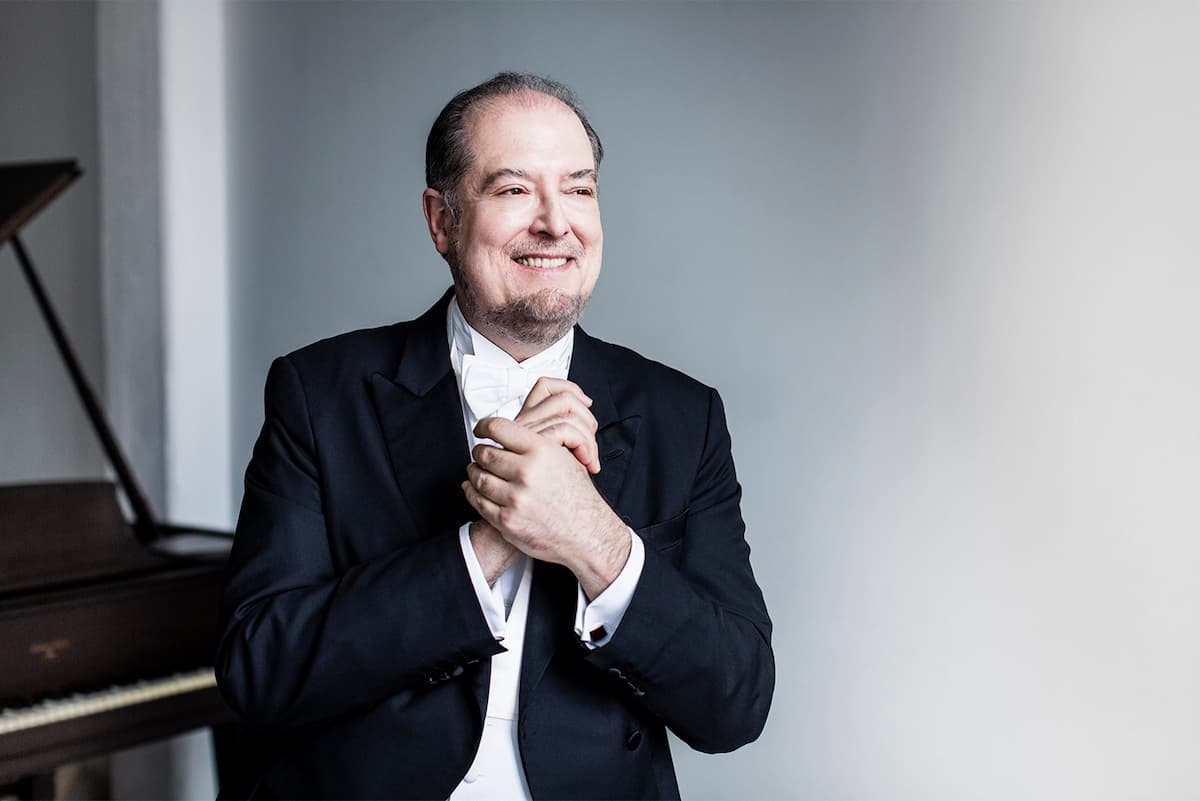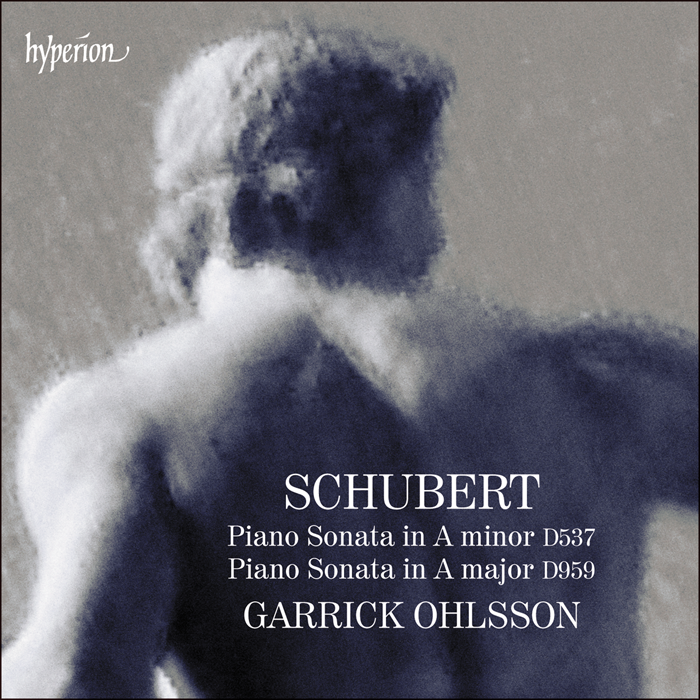Ten years separate the composition of these two piano sonatas by Franz Schubert. The earlier one, in A minor, was completed in 1817 when Schubert was just twenty but had already written some 250 lieder. Having left several incomplete piano sonatas in the preceding years, he returned to the form with renewed enthusiasm, perhaps inspired by a new instrument – a state-of-the-art 6-octave piano.

Franz Schubert © Hadi Karimi
The A minor sonata was Schubert’s first complete piano sonata and is a work poised between the Classical and Romantic traditions. The opening figure is Beethovenian and heroic, but this gives way to a calmer, more romantic second subject in colourful F major. The music flits between the major and minor, Schubert is already clearly a master at creating drama and emotion in his use of unexpected harmonies and key changes.
Franz Schubert: Piano Sonata in A minor, D. 537 – I. Allegro ma non troppo
The second movement prefigures the rondo theme of the late A major sonata and creates a pleasing connection to the other work on this disc. It’s genial and leisurely, once again replete with unusual modulations. Drama and contrast abound in the opening of the final movement before the music settles into the lively but more convivial territory.

Garrick Ohlsson
The A major sonata, D959, was composed in the final months of Schubert’s life, in 1828. It’s a work of remarkable breadth of expression, with a daring use of harmony and modulation to create contrasting moods and colours. Much has been written about the second movement, a melancholy barcarolle with a grotesque quasi-Baroque fantasia in the middle, but the overall mood of this expansive late sonata is good-natured, nostalgic, and genial. In contrast to the darkly-lit Andantino, the Scherzo third movement is whimsical and cheerful. The finale takes its rondo theme from the D537, now speeded up and given added breadth and shapeliness with contrasting sections of increasing dramatic intent.
Franz Schubert: Piano Sonata in A major, D. 959 – II. Andantino
Garrick Ohlsson brings robustness and colour to both sonatas, but never loses sight of the wide variety of moods and dynamic contrasts within this music. This is sophisticated, aristocratic playing with supple phrasing, subtle accents, and pauses, meticulous attention to details of articulation and dynamic shading, contrasts wonderfully carved, and a clear sense of the music’s structure and overall architecture. Ohlsson asserts his presence but it is never overbearing, and, compared to some rather more lugubrious takes in the D959 in particular, it is refreshing to hear this music given a more straightforward but no less rewarding interpretation. The joy and lyricism of Schubert are very much to the fore in Ohlsson’s performance, and the D959 is particularly delightful, with close attention paid to the music’s springlike, lilting character. If ‘Winterreise‘ is heartbreak, a study in unrelieved sorrow, this sonata reveals, and revels in all of life – intoxicatingly bittersweet, nostalgic, and life-affirming, never unremittingly melancholy or heavy – an emotional landscape which Ohlsson captures perfectly.
Franz Schubert: Piano Sonata in A major, D. 959 – IV. Rondo Allegretto

This is an inspired pairing, offering the listener an opportunity to appreciate the composer’s understanding and development of sonata form in the hands of an elder statesman of the piano, who really appreciates the contrasts, colour, and spontaneity in Schubert’s writing.
For more of the best in classical music, sign up to our E-Newsletter
SCHUBERT
Piano Sonata in A minor, D537
Piano Sonatas in A major, D959
GARRICK OHLSSON piano
Available on the Hyperion label


